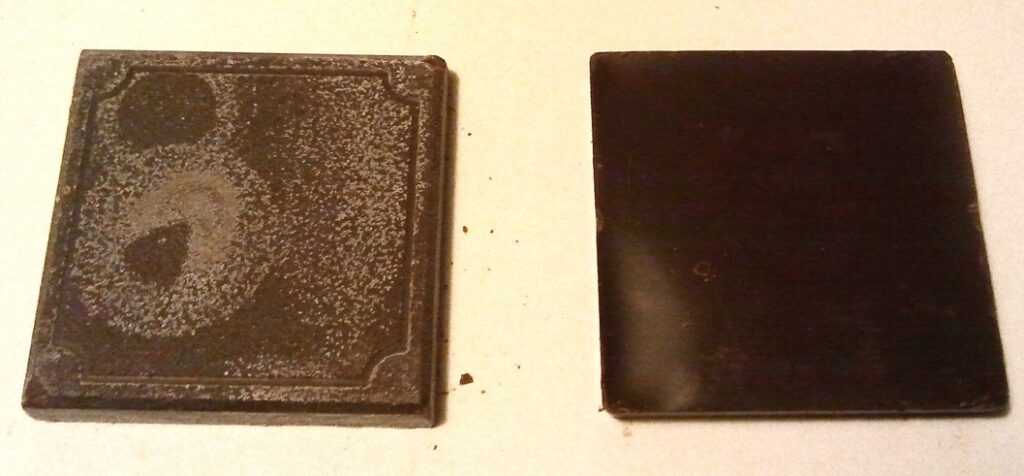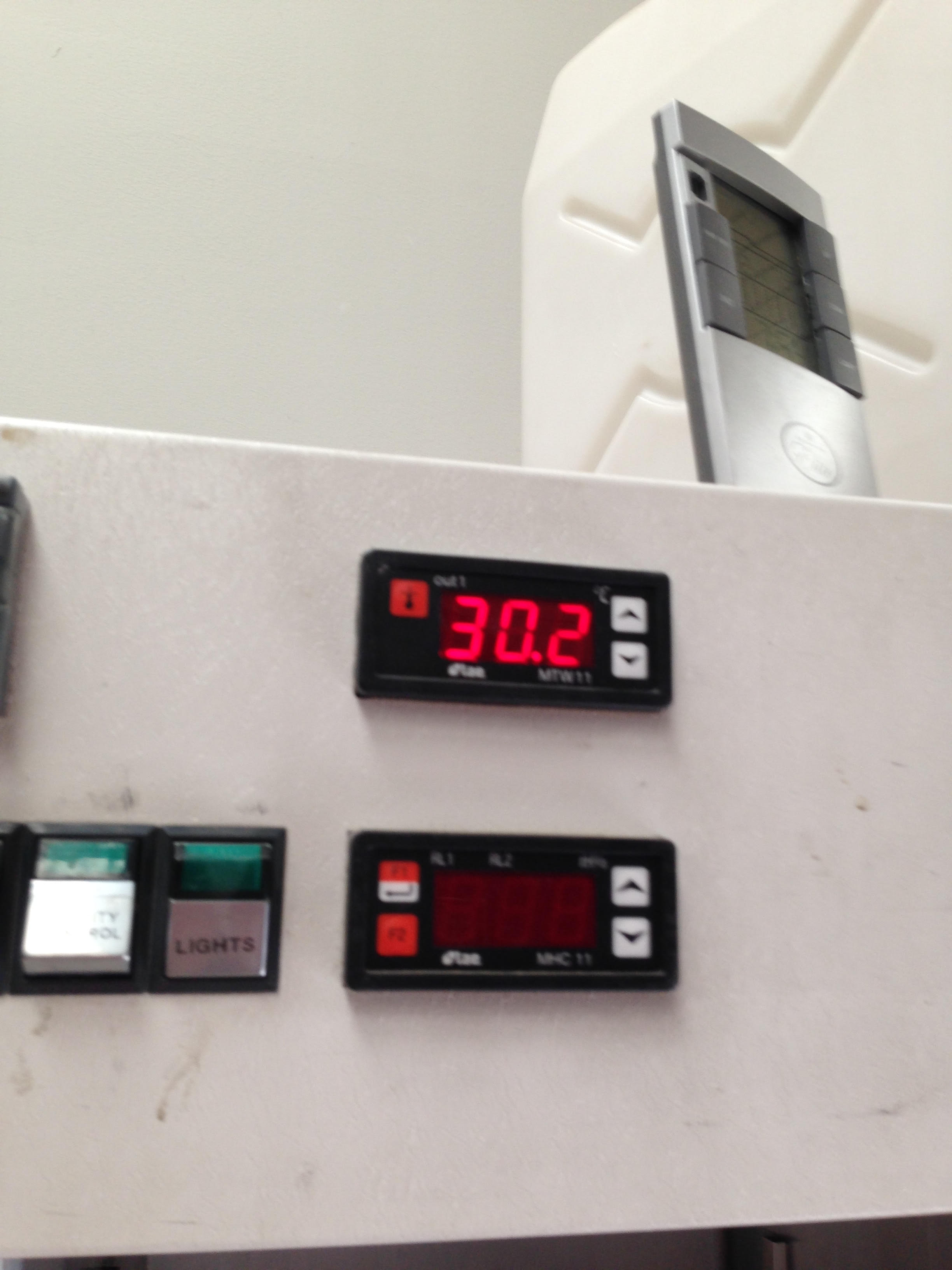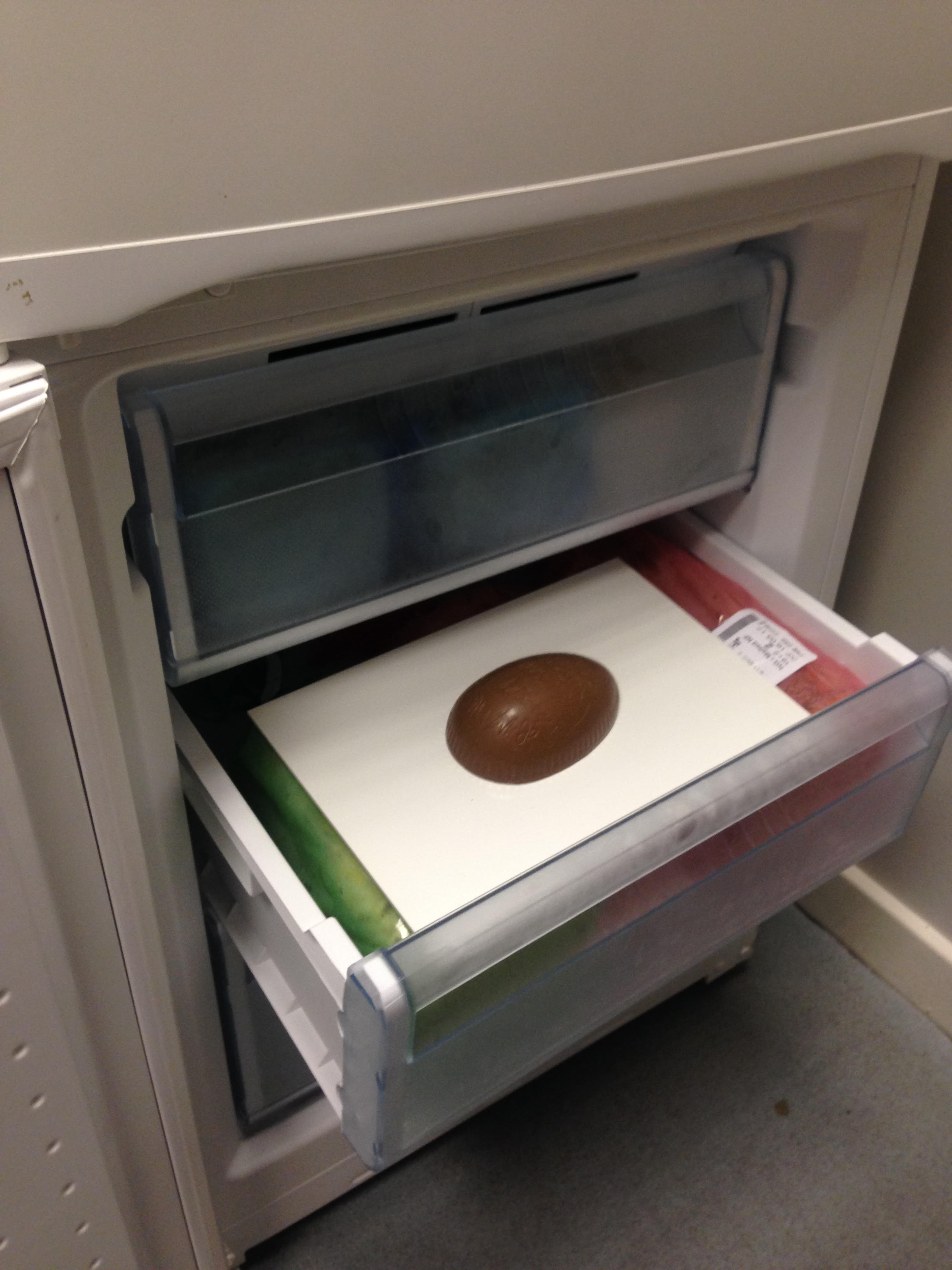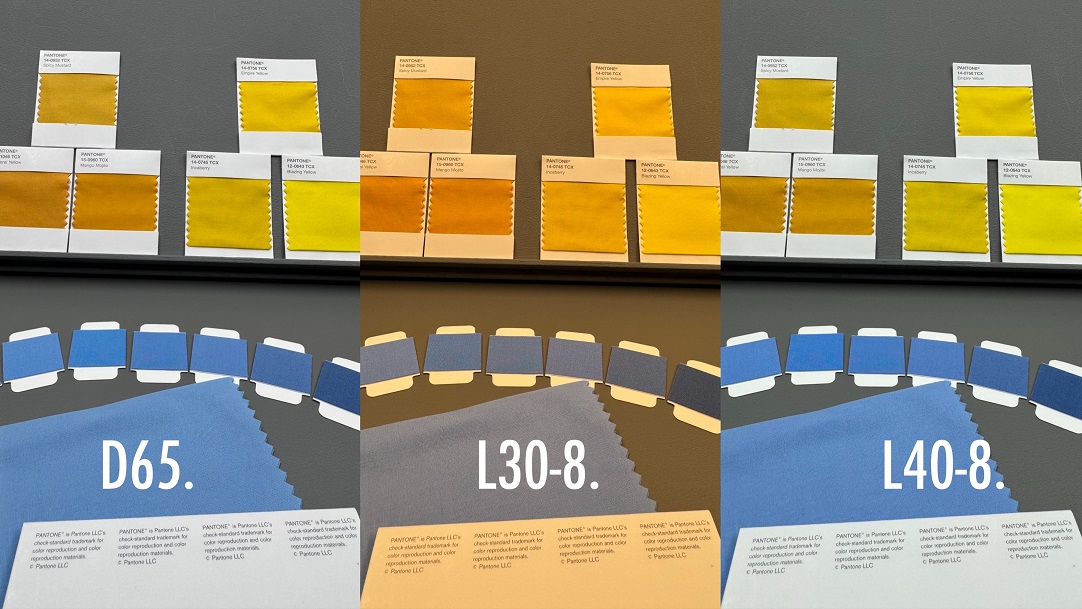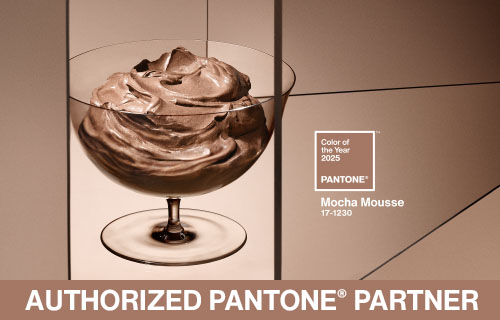Do you manufacture chocolate? Are you aware that the ever so common issue of chocolate bloom is putting doubt in the consumer’s mind about whether or not the chocolate is safe to eat?
Nestle supported research into chocolate bloom as they found that whilst this is a common issue, some of the main consequences resulted in customer complaints and loss of sales.
What causes chocolate bloom?
Amano’s (specialists in Artisan chocolate) page on their website; Sugar and Fat Bloom explains their are two types of chocolate bloom, fat bloom and sugar bloom. They explain that because of blooming, it is not uncommon for chocolate to sometimes appear as if it has spoiled, covered in white or light brown colour splotches.
Sugar blooming is the process of when the chocolate comes into contact with water, dissolves the sugar on the surface of the chocolate and then as the water dries, the dissolved sugar crystallises and precipitates onto the surface of the chocolate. The sugar crystals give the chocolate a dusty appearance.
Fat blooming is the process of when white specks appear on the surface of the chocolate and this is because of fat crystallisation. The white specks are edible, however, this process does change the appearance of the chocolate and can put some people off. Unlike sugar bloom, fat bloom is not always caused by a simple set of circumstances and is a lot more complicated meaning it can be hard to actually know the source of the problem.
The most common cause of chocolate bloom
Majority of experts say that fat bloom is the most common type of bloom and even though this type can be caused for a number of different reasons, many believe the main culprit to be because the chocolate has not been stored properly e.g. being exposed to high temperatures and therefore allowed to reset.
Blooming marvellous… We love a good experiment…
Most of the VeriVide team wolfed down all of their Easter eggs, however, one willing volunteer got far too many this year and so donated one of theirs to be experimented on.
We wanted to run an experiment to see how important storage was and if indeed this was a culprit for causing chocolate to bloom.
We decided to half the egg and keep one half in a constant appropriate temperature, whereas, the other half we exposed to the elements! Well…maybe that’s a little dramatic…
With the other egg we stored it in the following conditions (alternating between the two over a 9 period):
- 40℃ for 30 minutes
- 0℃ (in a freezer) for 10 minutes
Figure 1 – waiting for the temperature controlled cabinet to go to 40 degrees
Figure 2 – egg going into the freezer for 10 minutes
What did we find after the 9 hours?
After the 9 hours had passed, whilst there was a definite change in appearance (the egg had lost its glorious shine), we didn’t see any proof of blooming!
We thought, blooming hell the chocolate must have been tempered. Tempering chocolate is a process carried out to avoid the blooming obvious… chocolate bloom (see what we did there*?)
*We couldn’t not get a blooming pun in – oh look, we are on a roll!
Russell, our DigiEye expert, wanted to take the experiment further, as he carried out research and found that the blooming process can take 24 – 48 hours. Before he left for the day, he put the egg in the fridge over night, just to see what would happen…
Drum roll please…
When Russell returned to work the next day, the first thing he did was to check up on the egg and when he inspected the egg found that the chocolate had bloomed:
What this experiment showed is just how important correct storage is! If you manufacture chocolate, not just chocolate eggs, do you know what the correct storage is to prevent chocolate from discolouring?
To conclude…
We would hope that you found this blog humours with all the blooming puns in! Failing that, at the very least we hope that we have proved to you one way in which you get chocolate bloom and ways in which this can be prevented:
- Tempering the chocolate
- Correct storing conditions of the chocolate
The problem for chocolate manufacturers…
If you don’t take chocolate blooming seriously it can seriously hurt your brand’s reputation (take into consideration Nestle’s research) and in the worst case scenario have a negative impact on sales.
When we were doing research into this area, we stumbled across a substantial amount of forums where people were asking, “is chocolate bloom safe to eat”, “…chocolate bloom vs mold” etc.
Talk to us…
If you found this area as interesting as we do and would like to talk to one of team please do not hesitate to get in touch!
How can DigiEye Help?
DigiEye can accurately image colour and bloom and can be used as a grading tool to help identify minor changes to the chocolate manufacturing process or storage chain. Accelerated ageing can help to quantify shelf life. The DigiEye system provides archives of colour calibrated images that can be used to judge chocolate quality and effects of good –v- bad storage.

